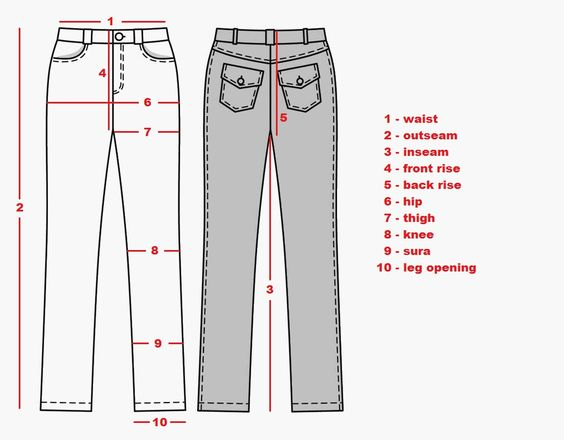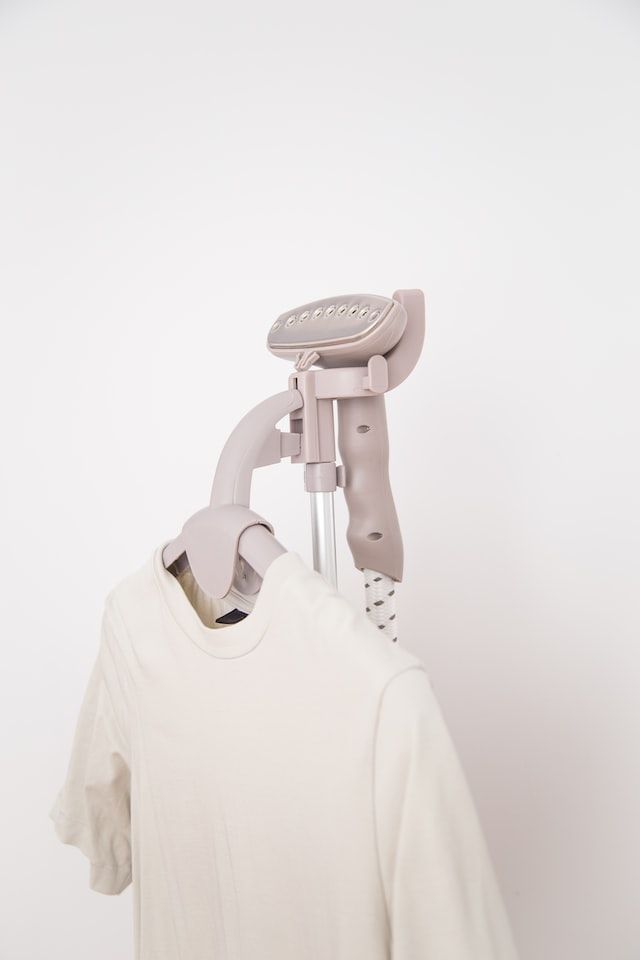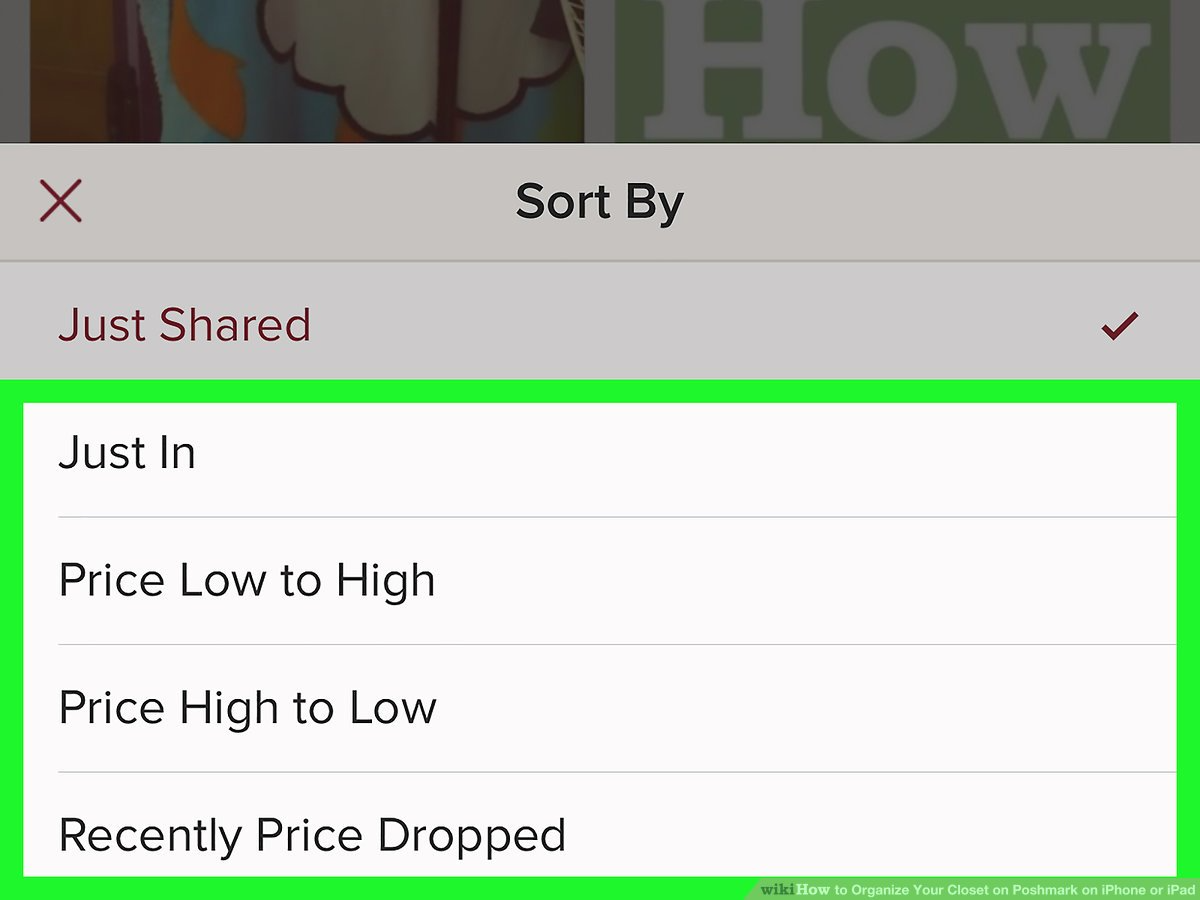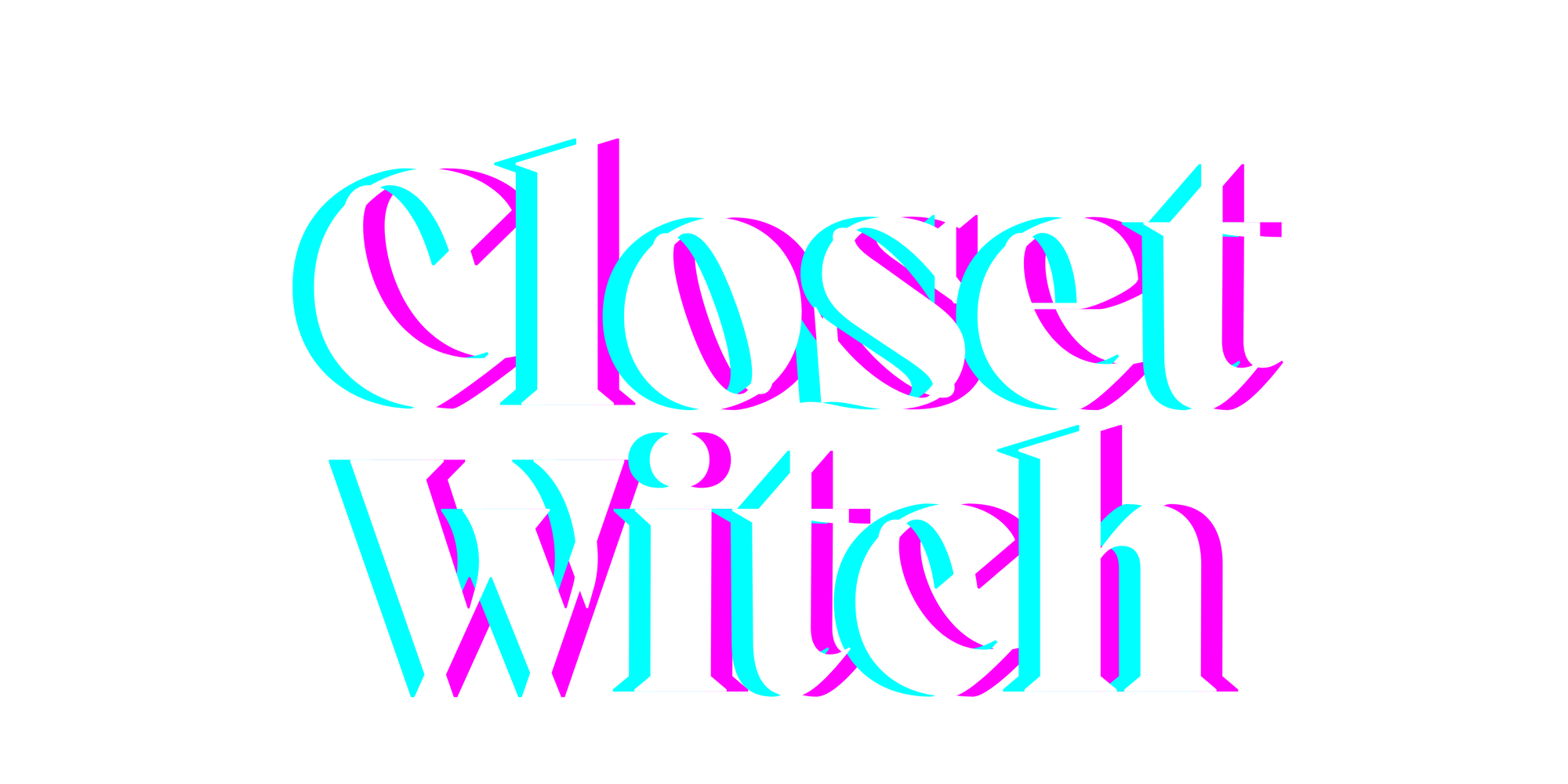How to Measure Everything to Sell On Poshmark, Part 1: Pants


Measurements. They can be a little time consuming, but there's no better way to communicate with buyers about true sizes of items, help them make sounder purchases, and avoid digging items out of your inventory than providing them up front.
But how do you know you're doing them right? That's half the battle, and a big part of the reason sellers avoid providing them. We're here to demystify them, and provide some extra tips along the way.
First up: pants! Let's start with some vocab:
Flat Lay vs. Round
Most sellers give "flat lay" measurements, which means that instead of wrapping a measuring tape around the item while worn or on a mannequin, they simply take the "across" measurement of things like chests, waists, hips, thighs, and leg openings. "Round" measurements are generally double these numbers, and represent the number a buyer may have in mind for their body sizes, like waist or bust.
Waist
This refers to the waist band measurements of pants, but can also be a point of reference for where pants sit (rise), and differentiate the waist vs. hip measurements on high rise pants.
Leg Opening
This is the width of the bottom hem of pants, and helps buyers tell whether they're looking at a skinny, straight, bootcut, flare, or wide leg pant in conjunction with hip and knee measurements.
(And here's a quick guide to the differences between them: https://outfitideashq.com/difference-bootcut-straight-skinny-flare-legged-jeans/)
Length vs. Inseam
The total length of pants (waist band to hem) is the length, but the number folks are generally more concerned with when weighing whether pants will be too long is the inseam, which is the length from the crotch seam to the bottom hem.
Front Rise vs. Back Rise
This is the measurement from crotch seam to waist band, taken from the front or back respectively. It's most common on Poshmark to provide the front rise, and it's often just considered "rise."
Low vs. Mid vs. High Rise Pants
There's an actual measurable category for each of these, so you can stop trying to guess!
Low Rise: 7-8 inches from crotch seam to waist band
Mid Rise: 9 and 11 inches from crotch seam to waist band (depending on size--11 inches on a very small or petite size would be considered high, while 9 inches on a larger or tall size might be borderline low rise).
High Rise: 10-12 inches or higher from crotch seam to waist band (usually 11 or 12, unless it's a very small or petite size)
Now, how to measure: you'll want to bookmark this image while you get used to measuring.

Other notes while listing pants:
Style Name/Number
Knowing the style you're selling can be the customer's best point of reference for how the pants will fit. Be sure to reference the interior tags for any information you can find on cut, style name, etc. Brands like Madewell, J. Crew, Cabi, Theory, Soft Surroundings, etc, provide well-labeled style numbers you can easily identify, while brands like Levi's require a little extra leg work. (Learn to read Levi's PC9 codes here.
Basic Info to Include in Titles
Most of my pants listings include the following info:
- Leg/fit (bootcut, skinny, straight, etc)
- Rise
- Length (if capri/ankle/crop, etc)
- Style name/number
- Wash, if jeans (use brand's name for these if provided, or light, medium, or dark wash)
- Fabric content (100% cotton, wool-blend)
- Special features (cargo pockets or quick-dry material)
- Special purpose (hiking, yoga, dress pants)
- Special details (distressed, coated, leather-look)).
- Size
- Color
- Fit
Examples:
Madewell Cali Demi Mid-Rise Bootcut Medium Wash Blue Jeans Size 8
(Brand, Style Name, Rise, Fit, Color/Wash, Item Type, Size)
OR
Levi's Wedgie Fit High Rise Skinny Jean Light Wash Blue Jeans Size 8
(Brand, Style Name, Rise, Fit, Color/Wash, Item Type, Size)
With these two examples, brand and style will be enough points of reference for most buyers who are actively hunting for these particular jeans.
But let's look at a vintage example:
Vintage Pendleton 100% Wool High Rise Wide Leg Trousers/Dress Pants Glen Plaid Cream/Tan Size 6
(Brand, Fabric Content, Rise, Fit, Color/Wash, Item Type, Size)
Here's we're leading with special details about the item to get buyers interested (fabric content, rise, fit) and to help them understand how the item will fit and pair with other articles in their closets since there are no style names to frame it.
Presenting Measurements
There's no real wrong way to give measurements: many sellers like to provide pictures of the tape measure actually on the clothing. I tend to prefer to provide measurements in my description formatted like this:
Measurements (approximate flat lay):
Inseam: 29"
Waist: 15"
Leg Opening: 10"
Rise: 12"
Lastly, it can be helpful to let buyers know how to use these measurements. I'll often note that they can compare with a similar item in their closet that fits them well to ensure a good fit.
Was this helpful? Still have questions or a special exception to ask about? Drop questions and comments below!
Love and magic,
Cathy @ClosetWitch
Read More:





